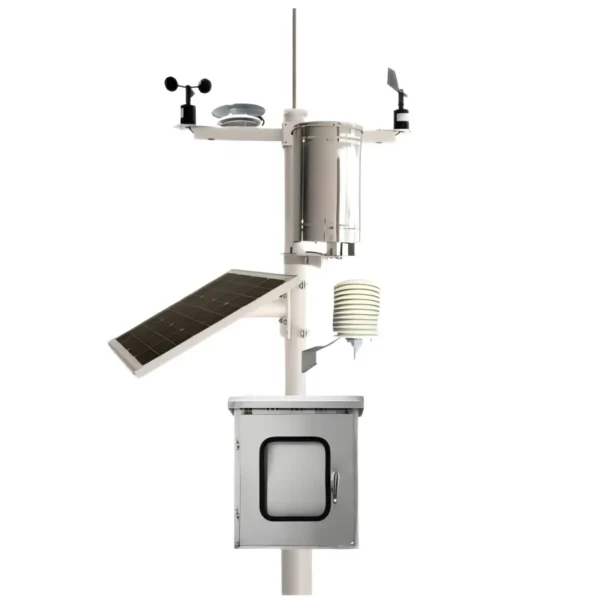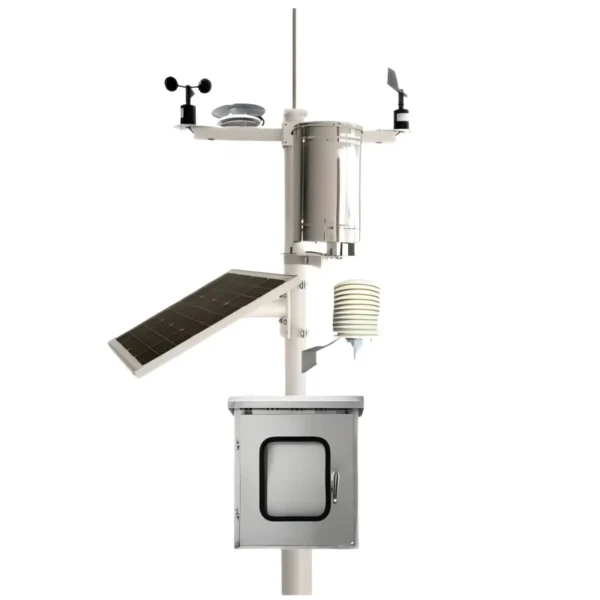Automatic Weather Station: Advancements and Applications in Modern Meteorology

# Automatic Weather Station: Advancements and Applications in Modern Meteorology
Automatic Weather Stations (AWS) have revolutionized the way we collect and analyze meteorological data. These advanced systems are designed to operate autonomously, providing real-time weather information that is crucial for various applications, from agriculture to disaster management.
## The Evolution of Automatic Weather Stations
The concept of AWS dates back to the early 20th century, but it wasn’t until the advent of modern electronics and telecommunications that these systems became truly autonomous. Early AWS relied on manual data collection and were limited in scope. Today, AWS are equipped with a range of sensors that measure parameters such as temperature, humidity, wind speed, and precipitation.
### Key Components of an AWS
An AWS typically consists of several key components:
– Sensors: These are the heart of the AWS, responsible for measuring various meteorological parameters.
– Data Logger: This component records the data collected by the sensors and stores it for later analysis.
– Communication Module: This allows the AWS to transmit data to a central server or other devices in real-time.
– Power Supply: Most AWS are powered by solar panels, ensuring continuous operation even in remote locations.
## Applications of Automatic Weather Stations
The applications of AWS are vast and varied. Here are some of the most significant:
### Agriculture
In agriculture, AWS provide critical data that helps farmers make informed decisions about planting, irrigation, and harvesting. By monitoring soil moisture and weather conditions, farmers can optimize their crop yields and reduce water usage.
### Disaster Management
AWS play a crucial role in disaster management by providing early warnings for severe weather events such as hurricanes, tornadoes, and floods. This information allows authorities to take proactive measures to protect lives and property.
### Climate Research
Climate scientists rely on AWS to gather long-term data on weather patterns and climate change. This data is essential for understanding the impacts of global warming and developing strategies to mitigate its effects.
### Aviation
In the aviation industry, AWS are used to monitor weather conditions at airports and along flight paths. This information is critical for ensuring the safety of aircraft and passengers.
## Advancements in AWS Technology
Recent advancements in AWS technology have further enhanced their capabilities. Some of the most notable developments include:
### Improved Sensor Accuracy
Modern sensors are more accurate and reliable than ever before, providing precise measurements even in challenging conditions.
### Enhanced Data Transmission
With the advent of satellite and cellular communication, AWS can now transmit data over long distances with minimal delay. This ensures that real-time weather information is always available.
### Integration with IoT
The integration of AWS with the Internet of Things (IoT) has opened up new possibilities for data collection and analysis. AWS can now be part of a larger network of interconnected devices, providing a more comprehensive view of weather conditions.
## Conclusion
Automatic Weather Stations have come a long way since their inception, and their importance in modern meteorology cannot be overstated. With continuous advancements in technology, AWS will continue to play a vital role in various fields, helping us better understand and respond to the ever-changing weather patterns.
Keyword: automatic weather station

